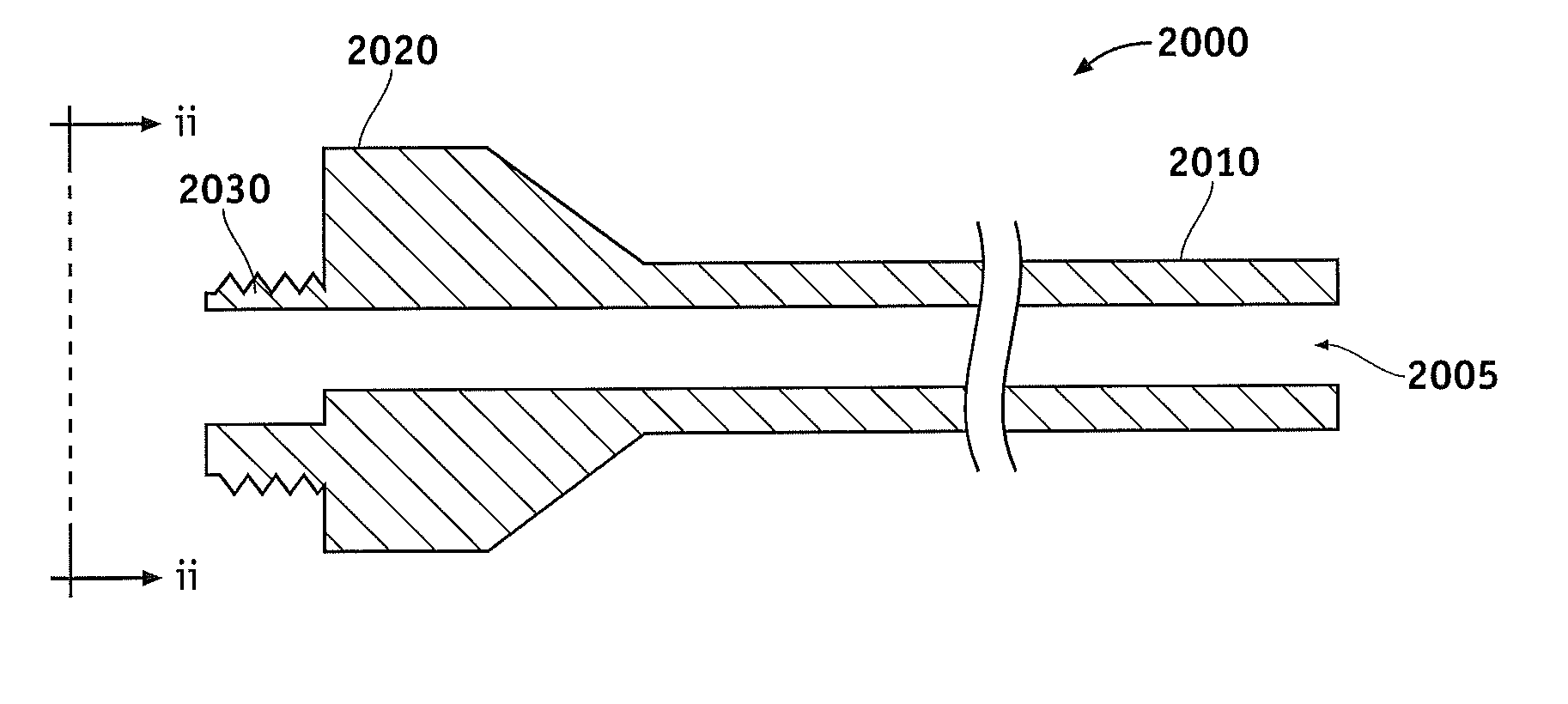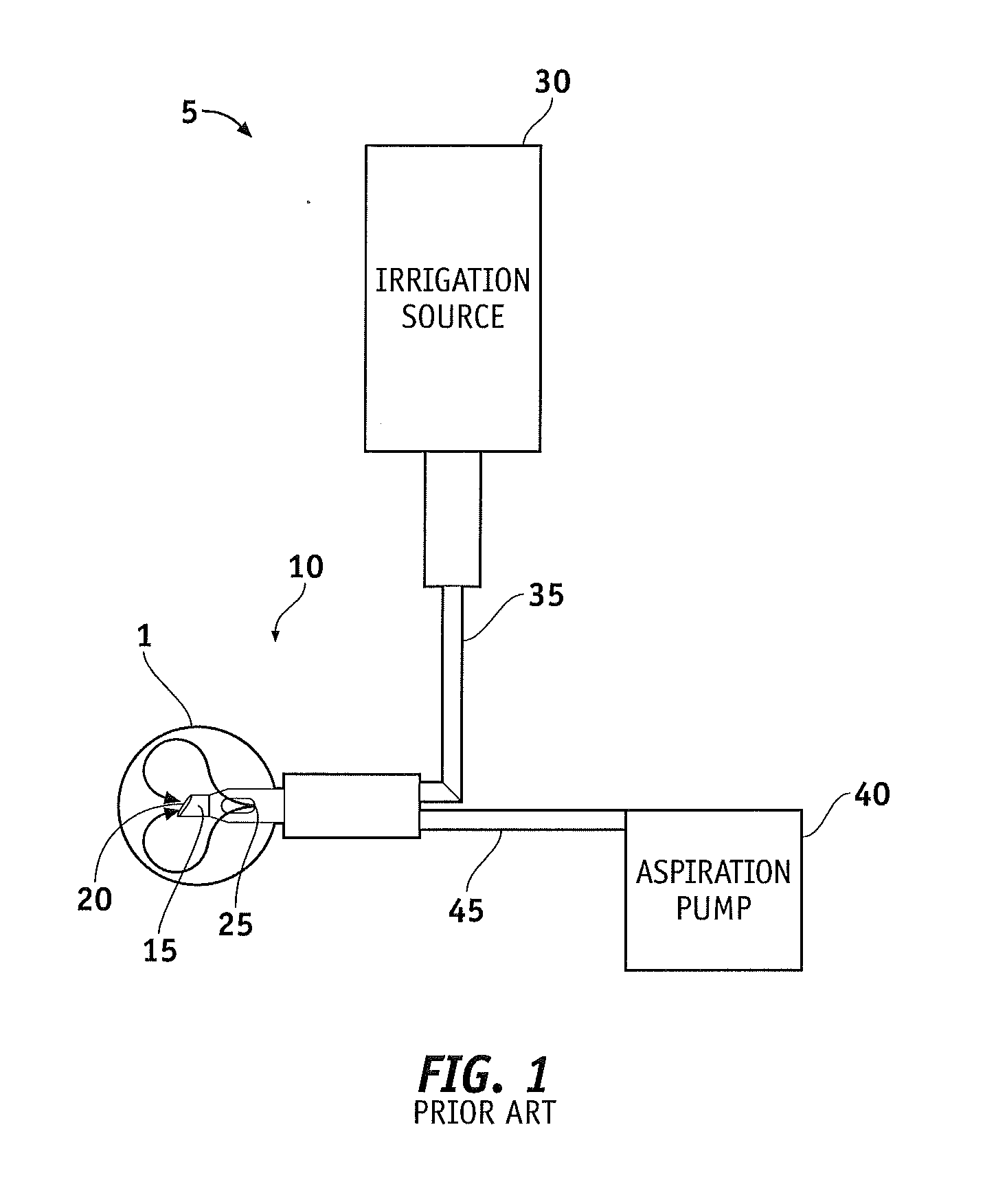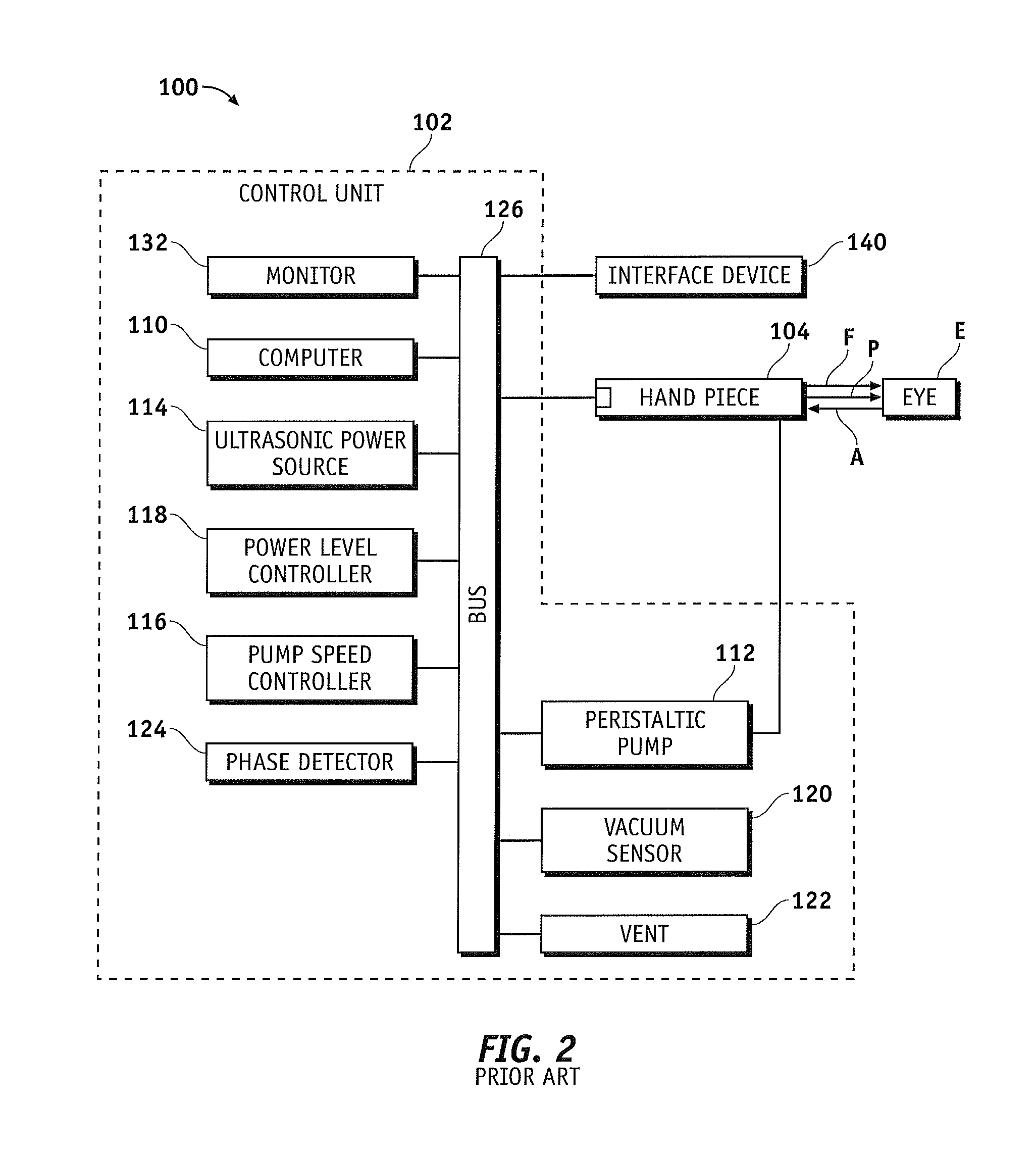System and method for controlling a transverse phacoemulsification system using sensed data
a phacoemulsification and data technology, applied in the field of ocular surgery, can solve the problems of reducing the overall cutting efficiency of surgeons, difficult for the tip of torsional and transversal designs to bore into the particle, and removing lenticular matter
- Summary
- Abstract
- Description
- Claims
- Application Information
AI Technical Summary
Benefits of technology
Problems solved by technology
Method used
Image
Examples
Embodiment Construction
[0036]A number of medically recognized techniques are utilized for cataractic lens removal based on, for example, phacoemulsification, mechanical cutting or destruction, laser treatments, water jet treatments, and so on.
[0037]The phacoemulsification method includes emulsifying, or liquefying, the cataractic lens with an ultrasonically driven needle before the lens is aspirated. A phacoemulsification system 5 known in the art is shown in FIG. 1. The system 5 generally includes a phacoemulsification handpiece 10 coupled to an irrigation source 30 and an aspiration pump 40. The handpiece 10 includes a distal tip 15 (shown within the anterior chamber of the patient's eye 1) that emits ultrasonic energy to emulsify the cataractic lens within the patient's eye 1. The handpiece 10 further includes an irrigation port 25 proximal to the distal tip 15, which is coupled to an irrigation source 30 via an irrigation line 35, and an aspiration port 20 at the distal tip 15, which is coupled to an ...
PUM
 Login to View More
Login to View More Abstract
Description
Claims
Application Information
 Login to View More
Login to View More - R&D
- Intellectual Property
- Life Sciences
- Materials
- Tech Scout
- Unparalleled Data Quality
- Higher Quality Content
- 60% Fewer Hallucinations
Browse by: Latest US Patents, China's latest patents, Technical Efficacy Thesaurus, Application Domain, Technology Topic, Popular Technical Reports.
© 2025 PatSnap. All rights reserved.Legal|Privacy policy|Modern Slavery Act Transparency Statement|Sitemap|About US| Contact US: help@patsnap.com



